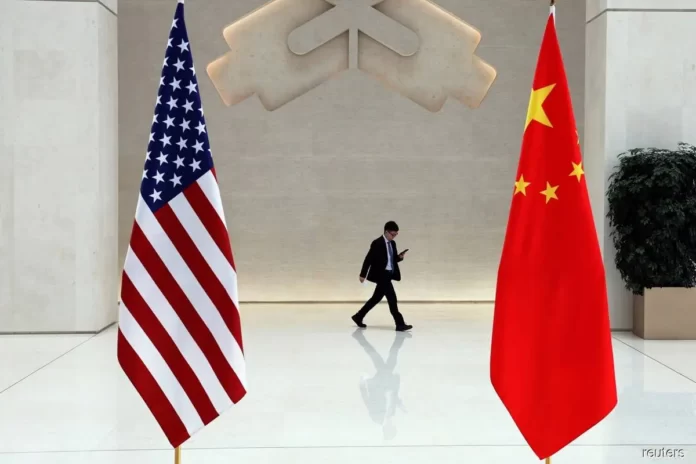The United States and China have resolved a dispute over the shipment of rare earth minerals and magnets, a key step toward stabilizing trade relations between the world’s two largest economies, U.S. Treasury Secretary Scott Bessent said on Friday.
The breakthrough addresses delays in implementing a deal reached in May, under which China had agreed to lift export restrictions it imposed in retaliation for new U.S. tariffs. Those restrictions disrupted global supply chains for critical industries, including automotive, aerospace, semiconductors, and defense.
During trade talks in May in Geneva, China committed to removing the export controls it had enacted since April 2. However, shipments of rare earth materials lagged, prompting the U.S. to respond with countermeasures.
“I am confident now that we—as agreed—the magnets will flow,” Bessent said in an interview with Fox Business Network.
Efforts to resolve the issue included a phone call between President Donald Trump and Chinese President Xi Jinping, followed by in-person meetings between negotiating teams in London. Trump later confirmed that a new agreement had been signed, though he did not share specific terms.
A White House official stated that both sides had finalized a framework to expedite rare earth shipments, further implementing the Geneva consensus. China’s Commerce Ministry acknowledged the agreement, confirming the framework’s details and saying export applications would be approved in accordance with Chinese law—though it did not specifically mention rare earths.
China maintains strict dual-use controls over rare earth materials and has been vetting buyers to ensure these resources are not redirected to U.S. military applications, according to an industry source. This scrutiny has contributed to delays in export licensing.
Earlier in June, China issued temporary export licenses to rare earth suppliers for the top three U.S. automakers as supply disruptions began to emerge. Later that month, Trump said the new deal would see China resume shipments of magnets and rare earths in exchange for the U.S. allowing Chinese students to attend American universities.
While the agreement marks a step forward after months of disruption since Trump’s return to office in January, both sides still face a long path toward a comprehensive trade resolution.























